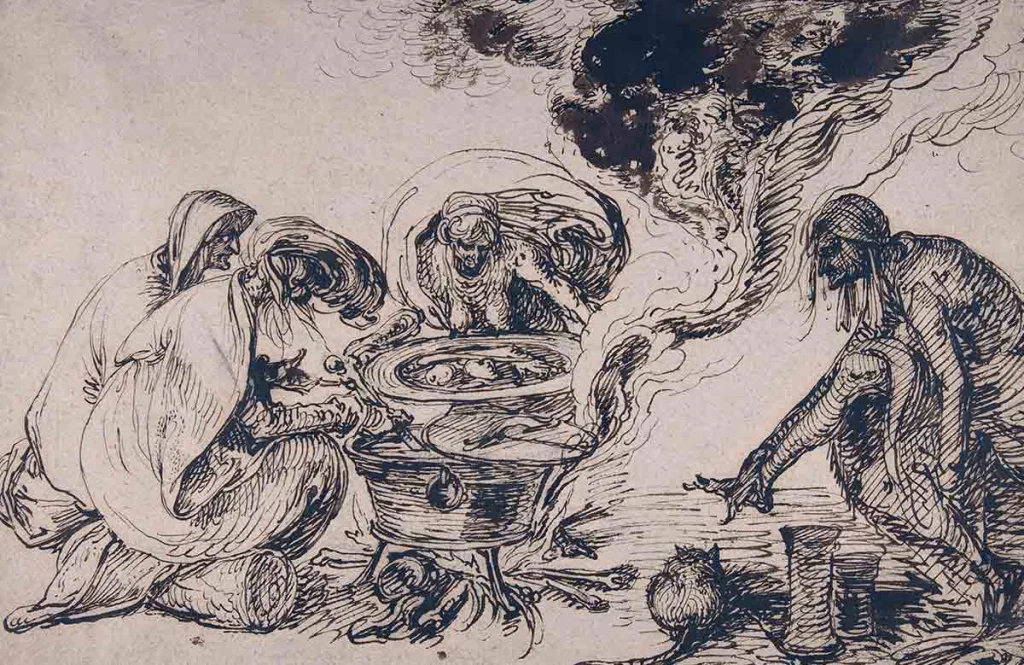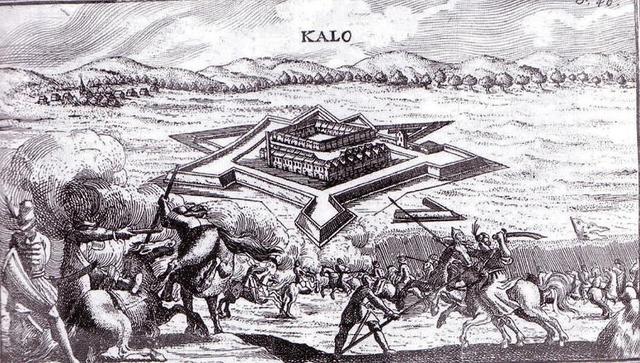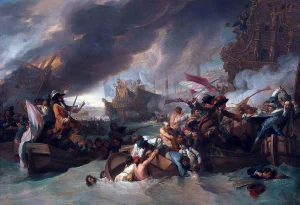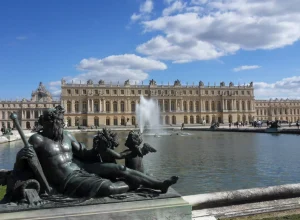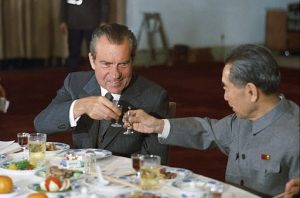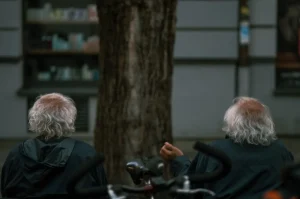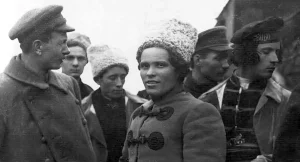In February 1972, after more than two decades of hostility and silence, the United States and the People’s Republic of China did something that would reshape global politics: they put their differences on paper—and agreed to move forward anyway.
The result was the Shanghai Communiqué, issued on February 27, 1972, at the end of President Richard Nixon’s week-long visit to China. It didn’t magically solve every problem between Washington and Beijing. In fact, it openly admitted some of them. But it created a framework that still shapes U.S.–China relations today.
A Week That Changed the Cold War
The communiqué was the climax of Nixon’s dramatic opening to China. The groundwork had been laid months earlier. In October 1971, Henry Kissinger secretly met Chinese Premier Chou En-lai in Beijing to plan the visit and sketch the first outline of a joint statement.
When Nixon arrived in February 1972, Kissinger and Chinese Vice Foreign Minister Qiao Guanhua spent long nights haggling over the language. Both sides knew this document would be studied by allies, enemies, and future generations. Every sentence mattered.
Officially, the communiqué pledged the U.S. and China to work toward “normalization” of relations and to expand trade and “people-to-people contacts.” Behind the diplomatic language was a clear message: the two countries were no longer enemies by default.
There was also a pointed line aimed at Moscow. Without naming the Soviet Union, the communiqué said neither side “should seek hegemony in the Asia-Pacific region” and that both opposed attempts by any other country to dominate the region. In the middle of the Cold War, that sentence spoke volumes.
An Honest Format: Agreeing to Disagree
Very early on, everyone realized something obvious: the U.S. and China fundamentally disagreed on a lot of things—and no amount of wordsmithing would erase that.
Chou En-lai suggested a creative solution. Instead of forcing fake consensus, each side would be allowed to state its own views in separate sections when they could not agree.
So the communiqué became a hybrid: part joint statement, part parallel monologue.
On Vietnam, for example, the U.S. used its section to endorse Nixon’s peace plan. China used its section to firmly back the Communist position. The contradiction was not hidden; it was printed. The message was: we see the world differently, but we still want a relationship.
This format was unusual in diplomacy, but it matched reality better than a bland, unified text ever could.
Taiwan: The Hardest Question
The biggest obstacle, from start to finish, was Taiwan.
At the time, Washington still officially recognized Chiang Kai-shek’s Nationalist government on Taiwan as the government of “China.” Yet Nixon and Kissinger wanted closer ties with Beijing. For years, the U.S. had been drifting toward a “two Chinas” idea: one seat for the PRC and one for Taiwan.
That position collapsed at the United Nations in October 1971. The General Assembly voted to admit the People’s Republic of China as “the only legitimate representative of China” and expelled Taiwan. The U.S. had tried to protect dual representation—PRC in, Taiwan stays—but lost.
Now Washington was stuck. It had important security ties to Taiwan, domestic political supporters who cared deeply about it, and a growing recognition that the PRC was the real power on the mainland.
Beijing, for its part, saw American troops and bases on Taiwan as a direct violation of Chinese sovereignty. Chinese leaders pressed hard for a total U.S. military withdrawal and rejected any formula that sounded like “two Chinas.” To them, the Taiwan issue was entirely internal—a family matter in which foreign powers had no right to interfere.
The U.S. position was the opposite on one key point: Washington insisted that any resolution of the Taiwan question had to be peaceful, not forced.
How They Finally Found the Words
Both sides wanted the new relationship too badly to let Taiwan sink the whole effort. So they compromised—partly on paper, partly in private.
In the communiqué, the U.S. declared that it was interested in “a peaceful settlement of the Taiwan question by the Chinese themselves.” It promised that a complete U.S. military withdrawal from Taiwan was an “ultimate objective” and agreed to gradually reduce its forces and installations on the island as tensions eased in the region. That gave Beijing a reason to care about stabilizing the broader situation, including the Vietnam War.
China, in its section, was blunt. The PRC stated that its government was “the sole legal government of China” and that “Taiwan is a province of China.” It firmly rejected any “two Chinas” idea.
The Americans chose their language carefully. They did not endorse Beijing’s claim outright. Instead, they said they “acknowledge that all Chinese on either side of the Taiwan Strait maintain there is but one China and that Taiwan is a part of China.” In other words: we see that both your governments say there is one China; we’re not going to argue that point here—but we’re also not explicitly saying who should rule that China.
Even inside the U.S. government, the wording caused friction. Secretary of State William Rogers, largely cut out of the secret negotiations by Nixon and Kissinger, objected when he finally saw the draft. All of America’s defense treaty partners in Asia were named—except Taiwan.
Rogers warned that simply dropping Taiwan from the list would look like abandoning a commitment. Nixon, worried about backlash from conservatives and leaks to the press, was furious but couldn’t ignore him. The draft went back to the table. The workaround was simple: remove mention of all treaty partners, not just Taiwan, and sidestep the issue entirely.
What Was Promised Behind Closed Doors
The communiqué itself was cautious. The private conversations were not.
Recently released notes and transcripts show that Nixon and Kissinger went much further with Chou En-lai in person than the public document suggested. They signaled clearly that the U.S. expected to establish full diplomatic relations with Beijing and was prepared, over time, to downgrade and even sacrifice its formal ties with Taiwan to make that happen.
Nixon, however, would not be the one to finish the job. The Watergate scandal destroyed his presidency, and he resigned in 1974. It wasn’t until 1979, under President Jimmy Carter, that the United States officially recognized the People’s Republic of China and switched diplomatic relations away from Taipei to Beijing.
Still, once the Shanghai Communiqué was released in 1972, the direction of travel was clear.
More Stories
Why the Shanghai Communiqué Still Matters
The document did more than mark the end of a 20-year freeze. It signaled something deeper: the U.S. was, for the first time, accepting the reality of Communist rule in China and the outcome of the Chinese civil war.
As writer James Mann later put it, Nixon’s move meant that America stopped challenging the Chinese Communist Party’s right to govern China. From then on, some form of “one China” policy would guide U.S. behavior—even as Washington continued unofficial ties and security links with Taiwan.
The Shanghai Communiqué did not resolve U.S.–China tensions, and it certainly didn’t settle the Taiwan question forever. But it created a structure:
- The two sides could disagree openly on major issues.
- They could still cooperate where their interests aligned.
- And on the hardest questions, they could sometimes choose to delay final answers in order to move forward.
Half a century later, many of the phrases born in those late-night sessions in Shanghai still echo in diplomatic statements. The world has changed dramatically, but the basic framework laid down in 1972 remains one of the foundations of how Washington and Beijing talk to each other—and how they avoid turning rivalry into outright conflict.



